It was during our first trip to Mexico City that we learned firsthand about the deep and abiding love Mexicans have for bread and pastries.
Mexico City, a waiting smörgåsbord under any circumstances, offers an avalanche of delights for people who love things that are baked. We had soft, round sesame-speckled cemitas, a type of sandwich from the state of Pueblo filled with meat (often a thin, breaded, deep-fried cutlet), sliced avocado, pulled quesillo cheese, onions, pápalo, and soft chipotle peppers in adobo. We stood in line at 7 am at a famed street side vendor for crispy, elongated bolillo rolls stuffed until the point of explosion with chilaquiles rojos or verdes. We ate delicate lemon tarts at Tout Chocolate, a French-style chocolate shop that uses chocolate from Mexico, and navigated past the incredibly long lines at the beloved Panadería Rosetta, gazing wistfully at the bread and pastries we didn’t have the time to stop for.
It’s no different in Oaxaca. Our hearts were quickly captured by different bakeries, for different reasons, and we learned the people around us have very strong opinions about, and allegiances to, different panaderías.
It was only during our second or third conversation with our friend Sherie, another American expat, when she asked, “have you had the glotóns from Dulce Peligro?” We had not, and one day after having a particularly defeating language experience at a Mexican hardware chain called Ferretubos I found myself in the hilltop neighborhood of Vista Hermosa stopping by to purchase some comfort. My timing was impeccable and the glotóns, giant, yeasty orbs of tender, sweet bread had just emerged from the oven stuffed with a mix of raspberry jam and still-melty Mexican chocolate.
Dulce Peligro wasn’t the only bakery to capture our interest. During our first trip to Oaxaca Penny and Victor brought us bread and pastries from Boulenc, a massively popular bakery and restaurant selling bread with as close to a crackly-skinned French-style bake as we’ve found in Oaxaca. Boulenc’s European-style breads and pastries are a sign of Oaxaca’s culinary progressivism, but also an indicator of the growing (and not entirely positive) demand for food that isn’t Mexican.
Boulenc is inconvenient to get to though, as it requires at least a half an hour of driving into a neighborhood with essentially no available street parking. For daily bread we needed to look closer to home and were fortunate enough one evening to randomly run across Paco Pan.
The actual name of the bakery is Panetla, a portmanteau of the Spanish word for bread (“pan”, with the a pronounced like “ah”) and Etla, the name of our municipality. But we know it simply as Paco Pan because when we breathlessly described the bakery to our friend Frida, chef/owner of the restaurant Frida Libre, she said casually, “oh yeah, Paco Pan. His bread is really good.” We don’t even know what Paco’s real last name is, but from that moment on, for us, he would forever be Paco Pan.
It was the cleanliness of Paco Pan’s bakery that first got our attention. His blue-and-white sign with its orderly lettering, showing the name of his shop and what he has for sale. The fine mesh screen which keeps flies and other insects out of his shop, and which opens and closes with a magnetic seal. The immaculate interior of his bakery, his equipment clean and free from the roving drifts of white flour which always mark when we’ve baked in our own home.
What really caught my attention was both Paco Pan’s youth and the wire rack lined with cookbooks which immediately stands behind him. Paco Pan can’t be more than 30 years old but he bakes with the enthusiasm and interest of someone even younger, who hasn’t been beaten down and defeated by the challenges that come with running a food-related business. His thin face breaks easily into a smile when describing his baked goods and we were so enchanted by his easy presence and his clean, orderly bakery that we dove into asking him about his collection of cookbooks without much worry about how broken our Spanish still is.
Patiently he told us about which books were from Mexican or Latino chefs and which were European, and he explained how everything he makes in his bakery, from the blonde, fluffy brioche to the country loaves he tints midnight black by adding activated charcoal, are made with masa madre—sourdough starter.
We quickly learned that we loved Paco Pan’s bread more than his cookies, and that when holidays roll around he always has some sort of unusual seasonal treat available. At Thanksgiving, which is not widely celebrated in Mexico, his counter was covered in beautiful, crusty pecan tortes. At Christmas we bought fluffy slices of pandoro, a tall, Italian sweet bread shaped like an eight-pointed star. The only thing that keeps us from visiting his counter multiple times per week are his hours, which operate in that hazy, easy-to-lose-track-of part of the day which lies between 4 and 7.
One night, seeing Paco Pan was closed and feeling the itchy claws of sugar withdrawal scratching at our brain pans, we decided to stop into another new bakery that had opened just a few minutes from our house.
It is a peculiarity of Mexico that most bakeries do their baking and their vending in the evening and this new bakery, Pan Nora, is more classically Mexican than either Dulce Peligro, which is run by an expat, or Paco Pan. At least two dozen varieties of bread and pastry sat in wooden bins and in the Mexican style you take a large, round aluminum tray and a pair of tongs and fill your tray to your heart’s content, after which your purchases are run up (and commented upon) at the counter. This is how it works at virtually every bakery in our area, including in the bakery department of grocery stores, and is also how it’s been at Latino bakeries we’ve visited in Queens, N.Y.
In short order we began visiting Pan Nora even more than Paco Pan, and while we don’t love it more, we do love it differently. Where Paco Pan has a smaller selection of more unusual breads and pastries, Pan Nora has a greater variety of things that are more common. Pan Nora is also very consistent, and like Paco Pan it’s spotless. It also has the benefit of being inexpensive, open later, and is midway between our house and Frida Libre, where we eat at least once a week. If you want sourdough bread with activated charcoal, Paco Pan’s your man. But if you want a donut at 8pm, go to Pan Nora.
Not too long before we traveled home to the States for Christmas we stopped at Pan Nora for some after dinner postres (desserts) and marveled at their assortment of Christmas-themed donuts. The owner, a straight-faced but very friendly man who speaks a little English described to us how they had a special pastry filled with cajeta casera, a type of caramel made from goat’s milk. He gave us one for free and we happily scarfed it down as soon as we got home.
We had already spoken with Penny and Victor several times about the bakery, and Victor and I had excitedly compared notes about what our favorite pastries were. But this time when we described the assortment of decorated donuts to them they said, “did you know the owner is a gynecologist?”
It seemed odd. Not so much because of his medical speciality, but because the bakery was very clearly a real business with regular hours and not just a pastime, and we consistently saw him behind the counter when we went in to buy treats. Baking as a hobby we understood. Opening a business which runs exclusively after the hours you do your other, full-time job is something different entirely.
Beyond being surprised and a bit curious, the knowledge didn’t change anything. Our lives are better for the fact that Dr. Donut and his family want to spend their evening hours selling sweets to a grateful barrio.




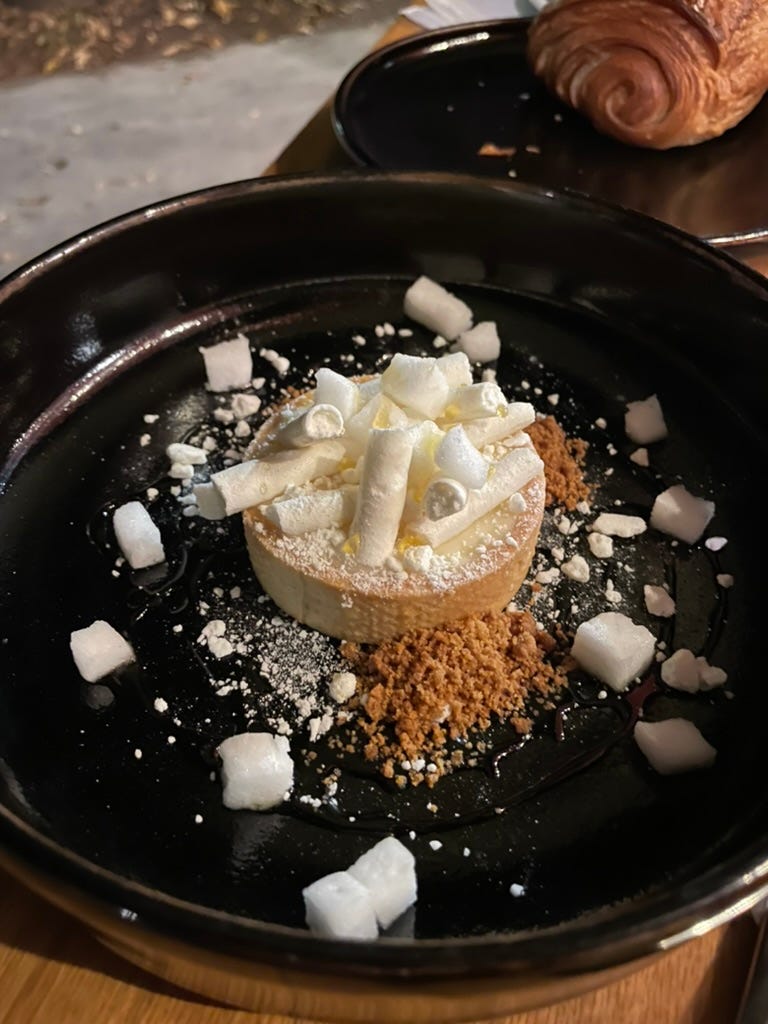
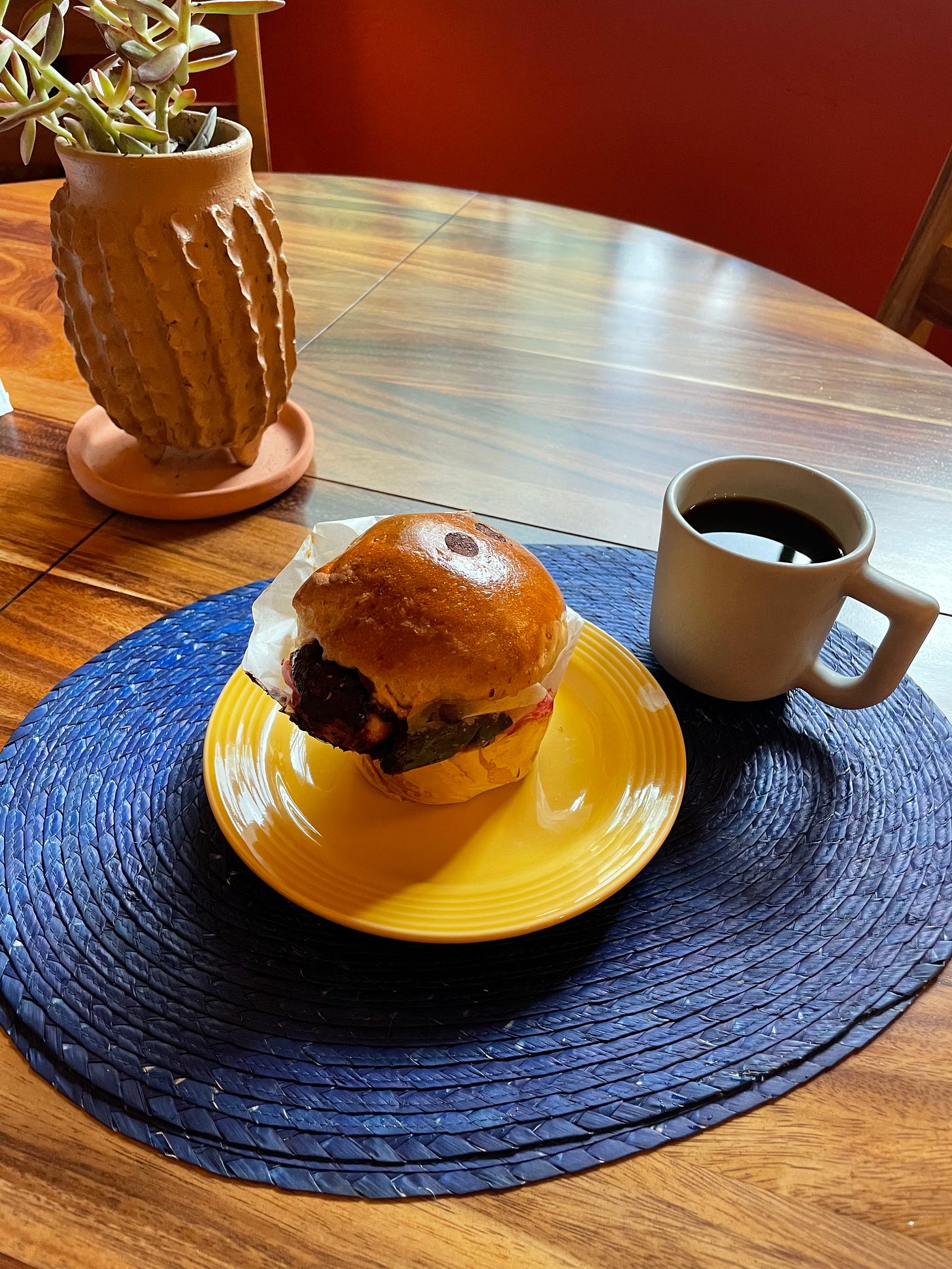
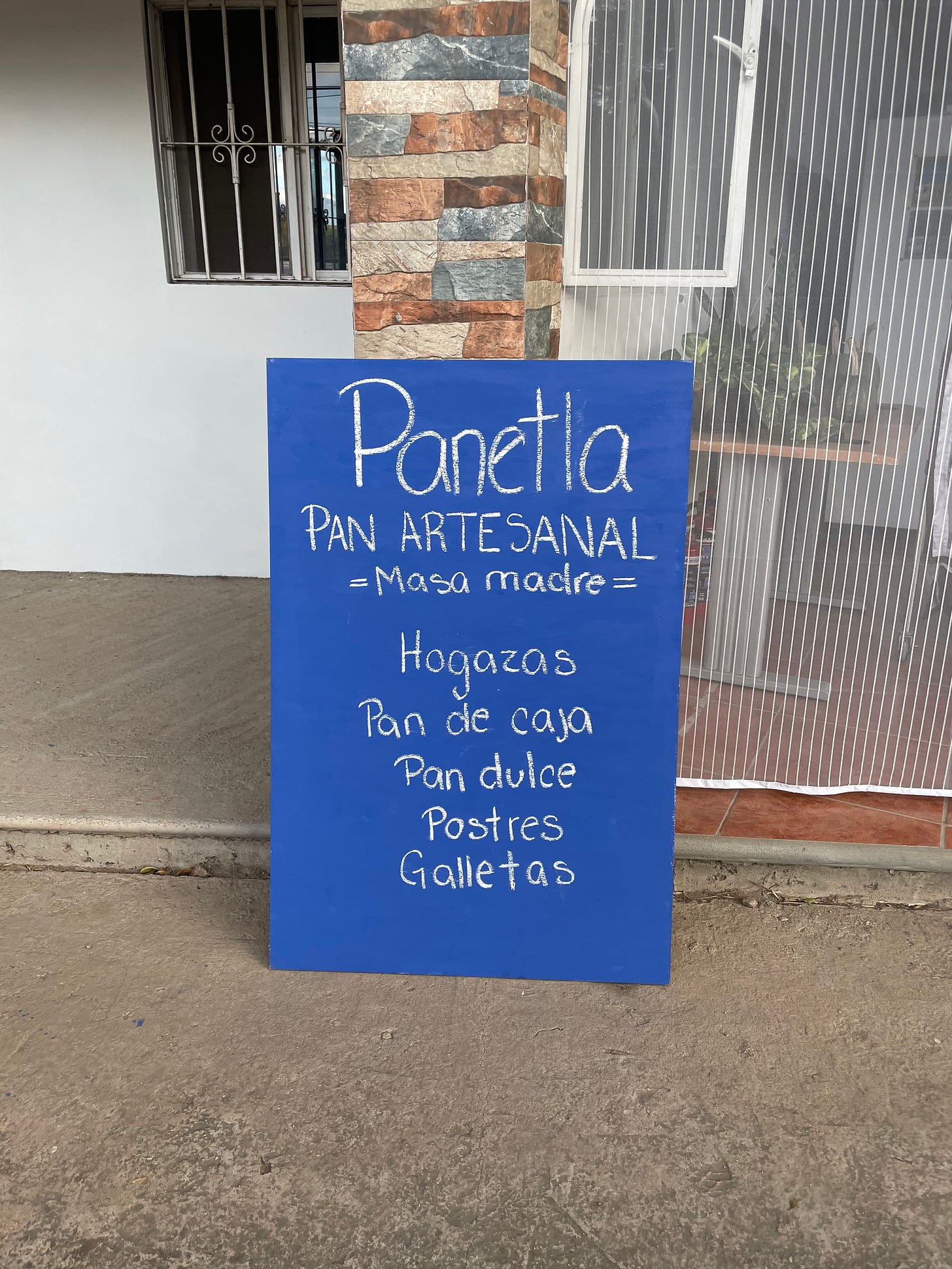
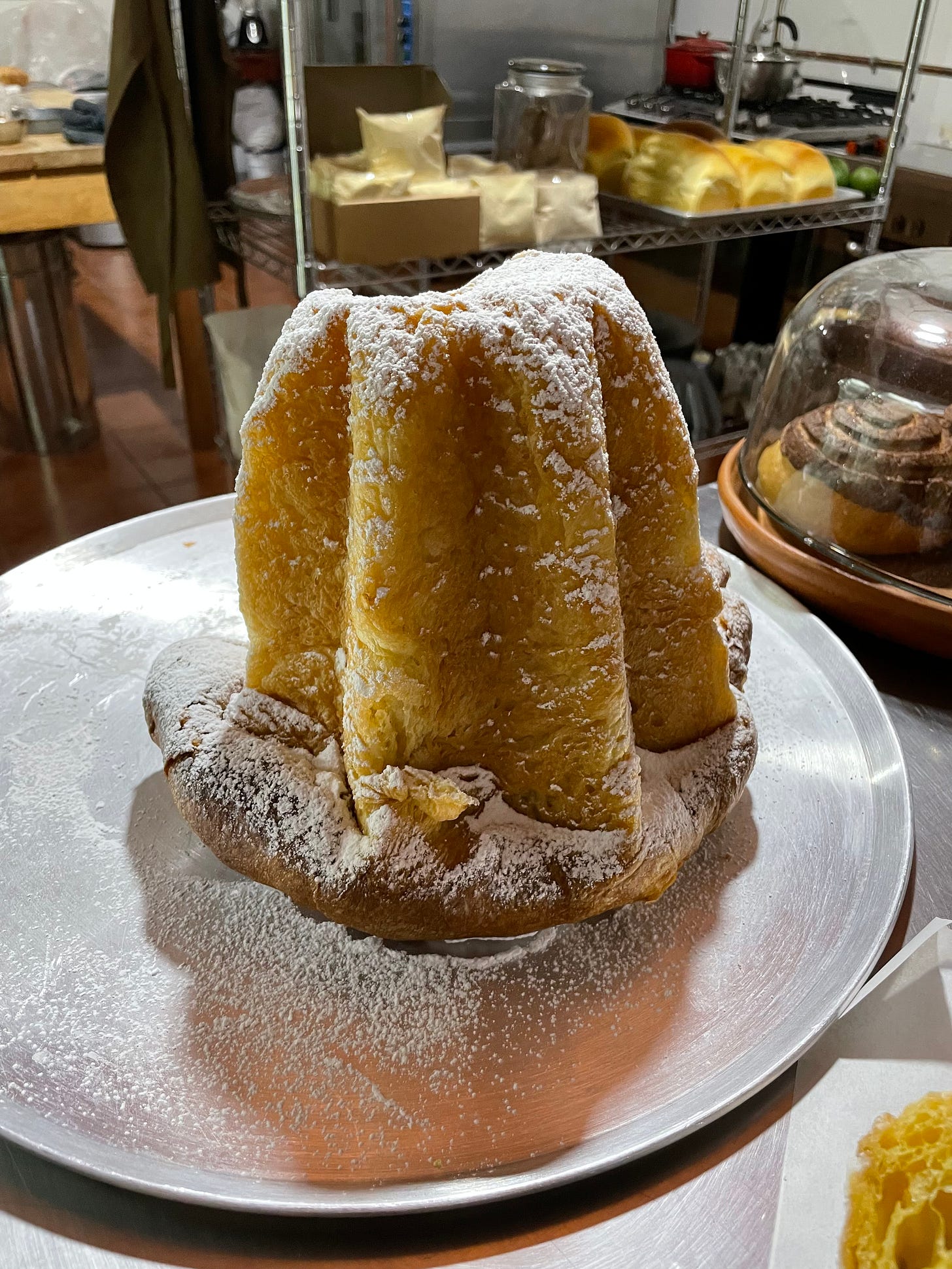

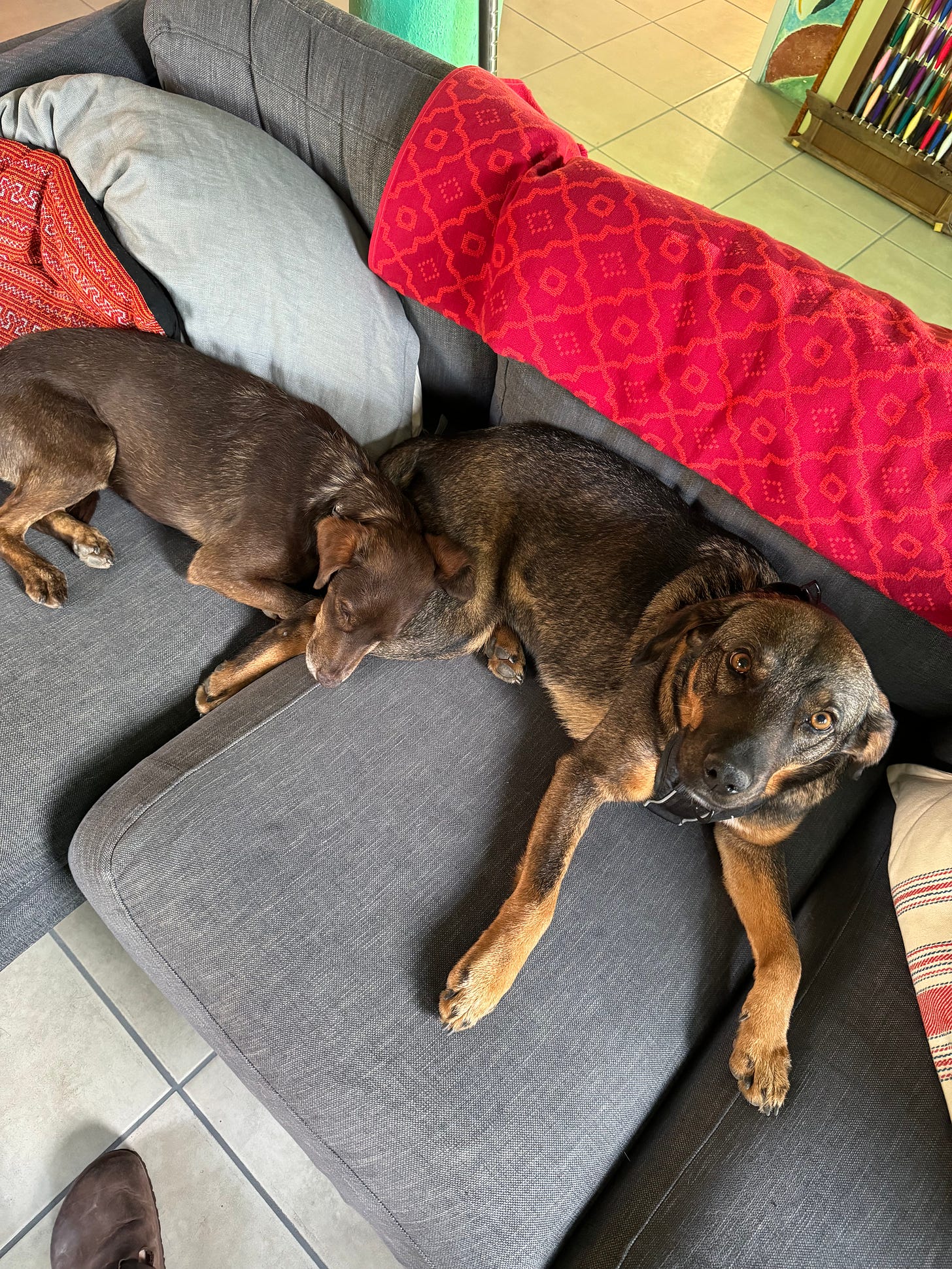
This blog definitely made my mouth water!
..As where one of my fav things about Oaxaca is that I never have to worry about running out of high quality corn or cacao, as a gluten free person who also abhors overly sugary things! Makes being there much more tenable food wise to me than say, Buenos Aires.